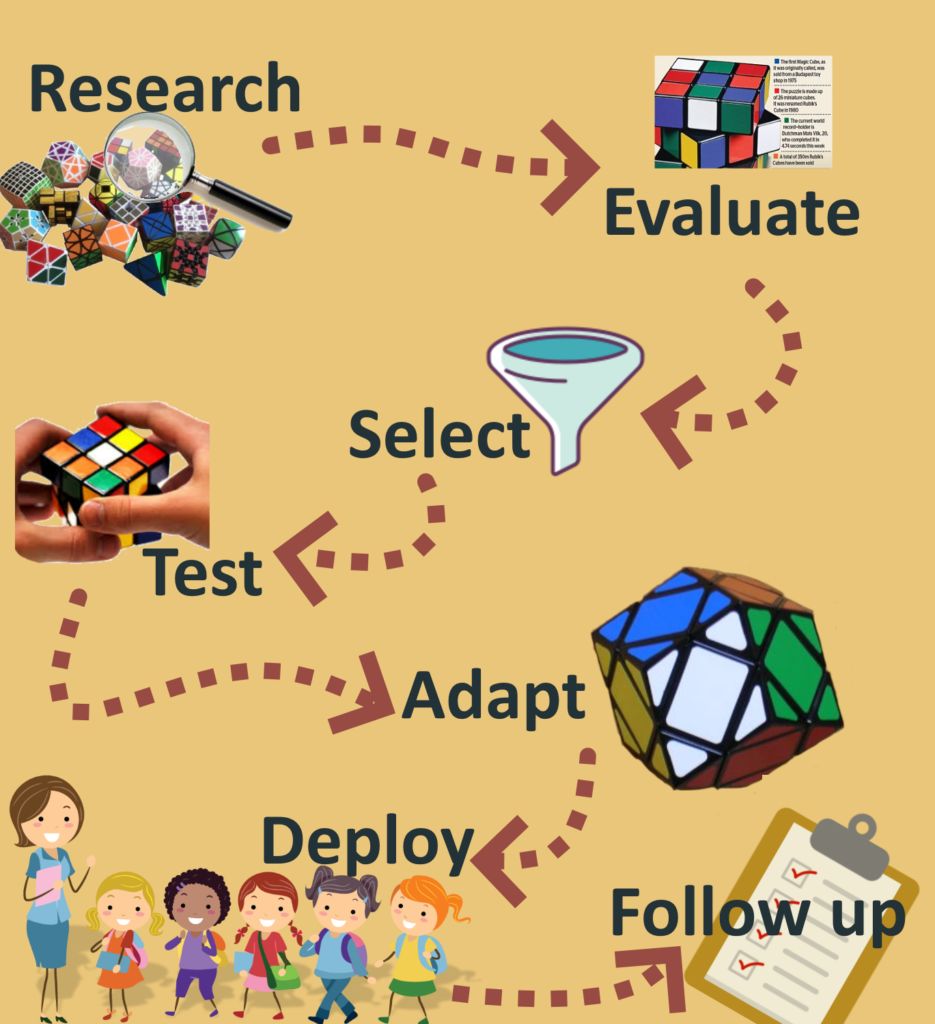
Many educational institutes face major challenges, most public schools in Developing Countries are deeply flawed.
I feel that Third World Countries is a more precise term; no pessimism intended, but calling it Developing Countries seems to suggest that problems are being solved and there is an uptrend, just a matter of time.
This post shade some light on different aspects that must be addressed for distance education to be a choice both in atypical situations (quarantine lockdown) and more common scenarios like places with highly dispersed inhabitants or a sort of nomad kind of life for any reason it may be.
Aside from some precise special scenarios (e.g. religious, communal, NGOs backed), private schools are a business offering a service at a cost. Compromises and investments are done to reach profit goals. Without a profitable prospect, why would private institutes (left out the special scenarios) install themselves in some faraway town or poor zone of a city?
The state needs to watch after it’s inhabitants’ well-being and the country’s stability in the long term. Some public schools are meant to assure future skilled technical professionals may be found locally to fulfill the strategical country needs, other public schools are meant to assure that no one is left out of the most basic education regardless of where in the country lives.
While there certainly are profits to be made on the technical skill need situation, the government is the main and last resort in assuring education access.
Are educational institutions prepared to function during a quarantine lockdown?
Personnel life cycle, for context
Every person must comply with regulations to work as a teacher (and even for most of the education-oriented positions in the organization). To apply, the candidate must complete some courses and other requisites; hopefully, that assures the educator understands the cognitive processes, knows how to deliver the content, and assist the alumni.
Public schools get their staff assigned by a central regulator like a Minister; as life is in Third World Countries, teachers are not fired unless they did something really questionable and got ought, or as collateral damage due to politics. New teachers, those promoted from formation courses, only get assigned classrooms if there is a vacancy (someone retired or passed away), or if budget is granted for expanding or installing new buildings.
Private schools can hire and fire teachers as needed, adapting the business and relocating resources to fulfill their goals. It is to expect that those who invest in keeping the pace of technology and education innovation, would be contracted by the private sector with high remunerations. The public sector should reach its goals with quality teachers that stay in the public sector because of a deep sense of common well and put the country higher than theirs. Since there are not so many of high qualified altruist teachers out there, the Ministry does what it can with the available resources.
Teacher’s toolbox
Along the road, only innate curious people will keep track of new tools and innovation outside of their usual activities. The public sector does not have enough muscle (tuned and effective processes) to perform what is sketched below as an innovation cycle. The private sector may look to employ candidates that already know how to use cutting edge tools, and an employer replacement is some times faster and cheaper than continuous training for them to keep up the pace.

Research to find new techniques, technologies, products, and platforms that may improve educative processes in some aspects.
Evaluate each tool and compare to the ones already in use. Many times the costs can be lowered or enable the tutor to better tailor learning experience for each student, among vast possible aspects.
Select the right tool for each scenario, filter the possible overlaps, and pack them to easy its use.
Test the tool usage considering the real situation of the infrastructure, those who would apply it, and those who would benefit from its usage.
Adapt the tool to better fit the needs. The time for tuning is before its usage becomes extended; later modifications may face major obstacles.
Deploy not only the tool but also everything needed for it to be used correctly. That may include tutorials, user manuals, and examples.
Follow up as one common step of the feedback process. Some amends may be useful to avoid deprecation and the data may be valuable for another tool crafting.
Budget
There is a whole set of useful tools for distance education; just to name a few, a solution is needed for storage (e.g. Google Drive, Dropbox), for conferences (e.g. Zoom, Google Meet, Microsoft Teams), as well as taking tests, and fulfill many other areas.
Like a very big business company, the country’s institution in charge of education needs to carefully allocate their resources, so the benefits would last for a long period of time. The costs of buying licenses may be prohibitive, being biased to adopt open source solutions —costs of maintenance and operation must be taken into account—, or a settlement can also be made with a private company always that the terms are convenient enough.
Private schools may find easier to purchase licenses or outsource the infrastructure needed, so they would keep the focus on the core business.
Regulations
This topic affects both sectors equally. Private schools need to get the country delegated institution approval on the test methodologies and it’s administration. Distance education is still not widely adopted in part because of the divergences between regulations on one hand, and the ongoing reality of institutes, teachers, and children on the other.
Oportunities
Hopefully, the public sector will realize that education in faraway places would be much cheaper and greatly improved if those locations get affordable Internet access and the infrastructure for distance education is installed.
Even if it takes a lot of money, the proportional expenses would be highly efficient given the population that can be reached, and the specialization of the personnel on different areas such as recording videos, creating exercises, give close support to students.
The private sector still can offer basic education services, but better public service would push them to create specialized products that the citizens will certainly appreciate. It already happens today that a lot of private schools offer basic cycle education but orientated to areas like business, computer science, product design, among others.




1 thought on “Challenges of distance education in institutions”